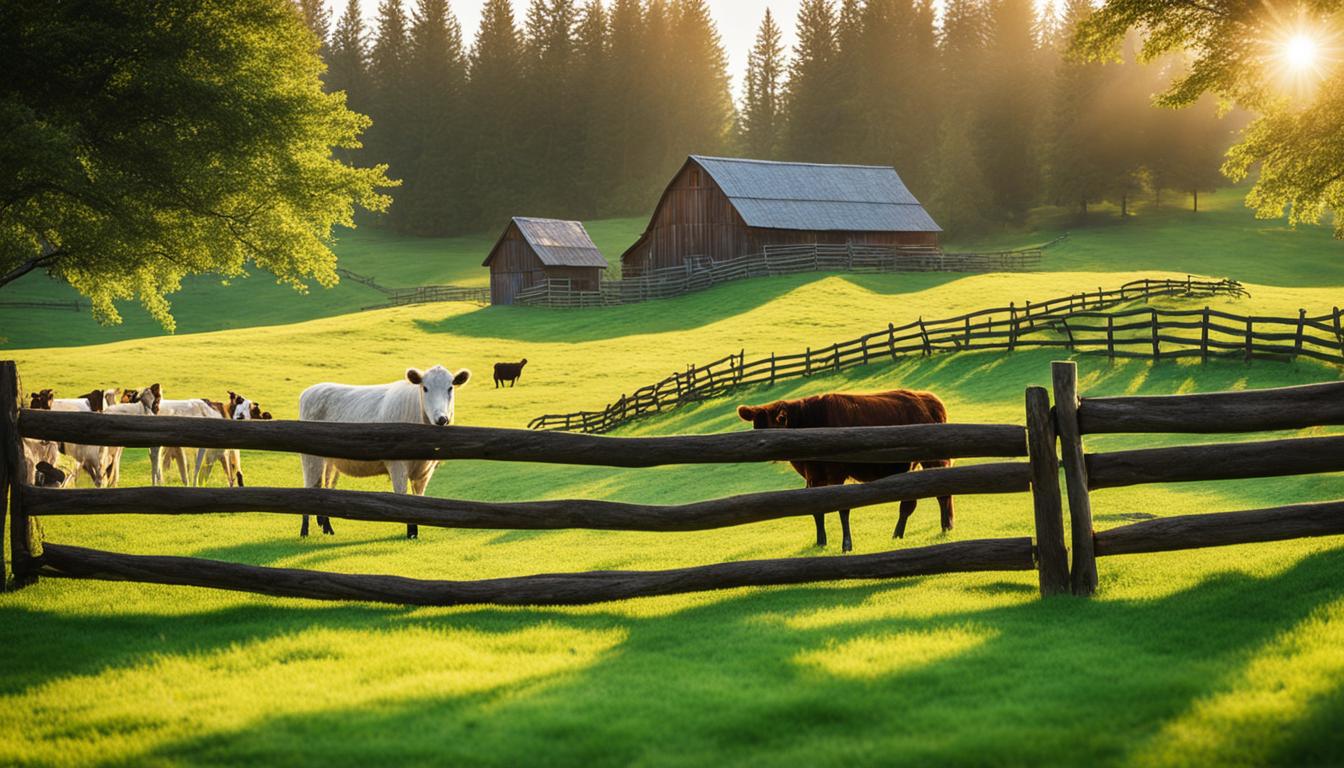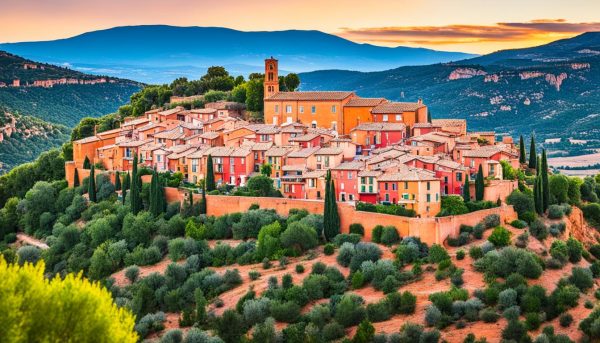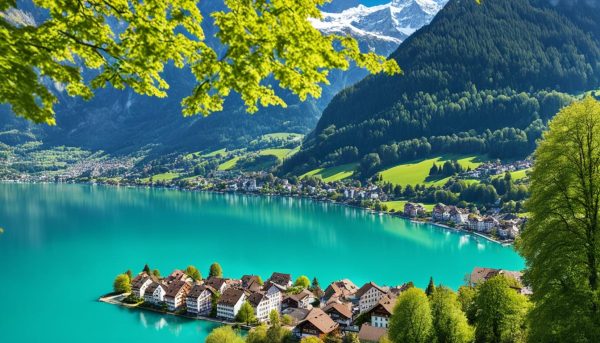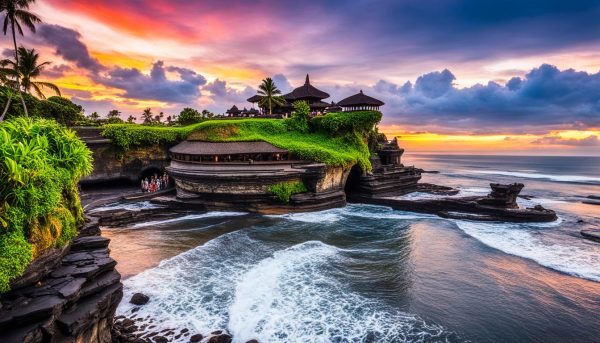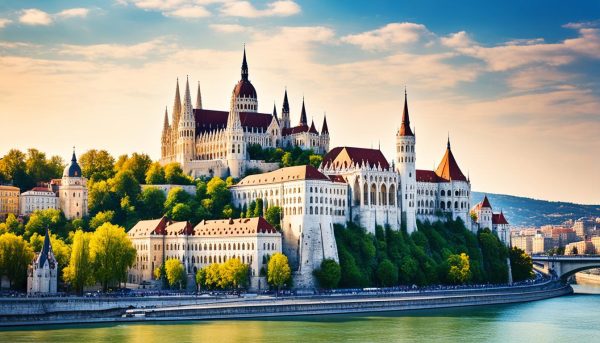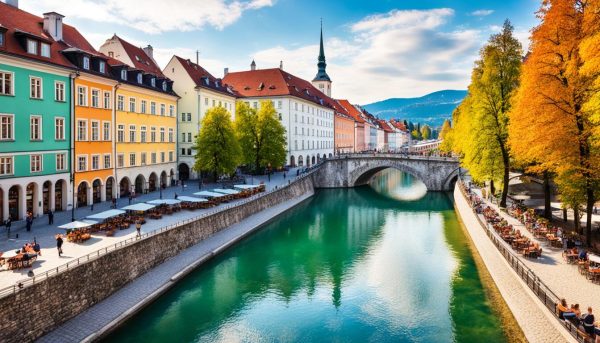Farm animal photography offers a unique opportunity to capture the beauty of rural life through the lens. With a rustic perspective, photographers can showcase the charm and character of these animals in their natural environment.
From the gentle gaze of a horse to the playful antics of a group of chickens, farm animals provide endless inspiration for captivating imagery. Whether you’re a professional photographer looking to expand your portfolio or a hobbyist seeking to capture the essence of rustic living, this article will provide essential tips and insights for creating stunning farm animal photographs.
Key Takeaways:
- Photographing farm animals offers a unique opportunity to capture the beauty of rural life.
- A rustic perspective can showcase the charm and character of these animals.
- Choosing the right equipment, including a DSLR camera and variety of lenses, is essential for capturing farm animal photographs.
- Composition and lighting play a crucial role in creating visually appealing farm animal images.
- Establishing a connection with the animals can result in authentic and expressive photographs.
Choosing the Right Equipment
When it comes to farm animal photography, having the right equipment is essential to capture their essence and showcase their beauty. Here are some key photography equipment that every farm animal photographer should consider:
1. DSLR Camera
A DSLR camera is highly recommended for farm animal photography due to its superior image quality, versatility, and control. With a DSLR, you can capture the details and nuances of each animal, from the texture of their fur to the sparkle in their eyes.
For a beginner-intermediate level, the Canon EOS 90D or Nikon D7500 can be great options offering excellent image quality and advanced features.
2. Variety of Lenses
Having a collection of lenses allows you to capture farm animals from different perspectives and distances. Here are two types of lenses that are particularly useful for farm animal photography:
- Wide-Angle Lens: A wide-angle lens, such as the Canon EF 16-35mm or the Nikon AF-S 14-24mm, is perfect for capturing the expansive landscapes where farm animals roam. It allows you to include more of the surroundings in your shots, creating a sense of context and showcasing the rural environment.
- Telephoto Lens: A telephoto lens, like the Canon EF 70-200mm or the Nikon AF-S 70-200mm, is ideal for zooming in on the finer details of farm animals. It allows you to capture their expressions, unique features, and textures from a distance, without disturbing their natural behavior.
3. Tripod
Using a tripod is highly recommended, especially when shooting in low-light conditions or taking long-exposure shots. It helps stabilize the camera and prevents unwanted blur, resulting in sharper and more professional-looking images. Look for a sturdy and lightweight tripod, such as the Manfrotto MT190X3, that can handle the weight of your camera and lens combination.
Investing in high-quality equipment will ensure that you have the necessary tools to capture stunning farm animal photographs that truly showcase their beauty. So, get ready to capture the rustic charm of farm animals with your DSLR camera, versatile lenses, and a reliable tripod!
Composition and Lighting
Composition and lighting are vital elements in the art of farm animal photography. To create visually compelling images, it is essential to carefully consider composition techniques and lighting conditions. By utilizing these techniques, photographers can capture the rustic charm and beauty of farm animals in unique and captivating ways.
When composing your shots, keep in mind the rule of thirds, a fundamental principle of photography composition. By mentally dividing your frame into thirds both horizontally and vertically, you can position the farm animal along these lines or at their intersection points. This technique helps create a balanced yet dynamic composition that draws the viewer’s eye towards the subject.
In addition to the rule of thirds, using leading lines can create a sense of depth and guide the viewer’s gaze towards the farm animal. Look for fences, rows of crops, or paths that naturally lead the eye towards the subject. Experimenting with different angles and perspectives can also add visual interest and convey the animal’s personality.
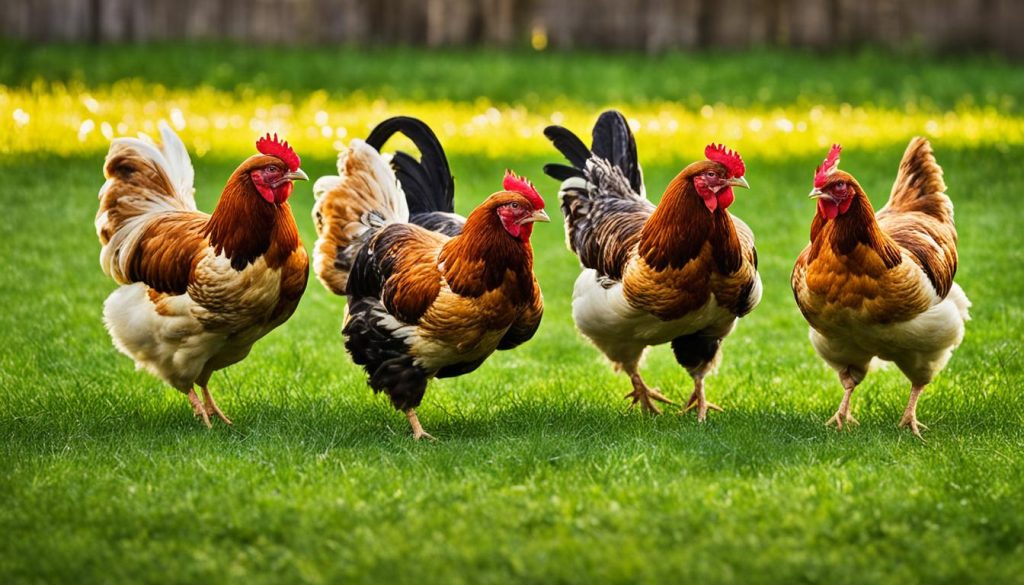
When it comes to lighting, the golden hour, also known as the magic hour, is a photographer’s best friend. This refers to the period shortly after sunrise or before sunset when the natural light is soft, warm, and diffused. The golden hour provides a beautiful, glowing light that enhances the rustic feel of farm animal photographs. During this time, shadows are longer and more pleasing, creating a sense of depth and texture.
“Composition is the foundation of a great photograph. It helps emphasize the subject and tells a story.”
– John Smith, Professional Photographer
Connecting with the Animals
To capture truly remarkable farm animal photographs, it’s imperative to establish a genuine connection with the subjects. Spending time observing their behavior and movements allows you to anticipate their actions, enabling you to capture their unique personalities in their natural environment.
Patience is key when photographing farm animals. Waiting for the perfect moment can result in images that truly reflect their authentic expressions and interactions. By getting down to their eye level, you can create a sense of intimacy and capture their world from their perspective.
Using treats or props can also be an effective way to connect with farm animals during a photoshoot. Offering a treat or using a familiar object can help create a bond and evoke natural expressions and behaviors. However, it’s important to ensure the treats are safe and appropriate for the animals.
Remember, farm animals have their own unique personalities, just like any other sentient beings. By connecting with them on a deeper level, you can capture their individuality and tell compelling stories through your photographs.
Embrace the opportunity to connect with these remarkable creatures, and let their personalities shine through your lens.
Editing and Post-Processing
Editing and post-processing are essential steps in bringing out the rustic charm of farm animal photographs. By adjusting the exposure, contrast, and saturation, you can enhance the details and colors of the animals and their surroundings. Don’t be afraid to experiment with different editing styles to achieve the desired mood and aesthetic for your images.
One technique you can try is converting selected images to black and white. This classic approach can give your farm animal photos a timeless and nostalgic feel, emphasizing the textures and emotions captured in the shot. Black and white editing can evoke a sense of history and simplicity, adding depth and character to your farm animal photography.
When post-processing your images, consider the overall composition and lighting during the editing process. Pay attention to any distractions or imperfections that can be easily removed to create a cleaner and more polished final image. By taking the time to refine your farm animal photographs in post-processing, you can elevate them from ordinary snapshots to captivating works of art.
FAQ
What equipment do I need for farm animal photography?
To capture the essence of farm animals, it’s best to have a DSLR camera with a variety of lenses. A wide-angle lens can be used for capturing landscapes, while a telephoto lens can focus on the finer details. Using a tripod can help ensure sharper images.
What role does composition and lighting play in farm animal photography?
Composition and lighting are crucial elements in farm animal photography. Following the rule of thirds and incorporating leading lines can create visually compelling shots. Additionally, capturing farm animals during the golden hour, the period after sunrise or before sunset, can enhance the rustic feel of the images.
How can I establish a connection with farm animals for authentic photos?
To capture authentic and expressive images, it’s important to spend time observing the animals and anticipating their behavior. Getting down to their eye level and using treats or props can also help establish a bond and elicit natural expressions.
What should I consider when editing and post-processing farm animal photographs?
Editing and post-processing are important steps in enhancing the rustic charm of farm animal photography. Adjusting exposure, contrast, and saturation can bring out the details and colors of the animals and their surroundings. Experimenting with different editing styles and converting some images to black and white can create a timeless and nostalgic look.

